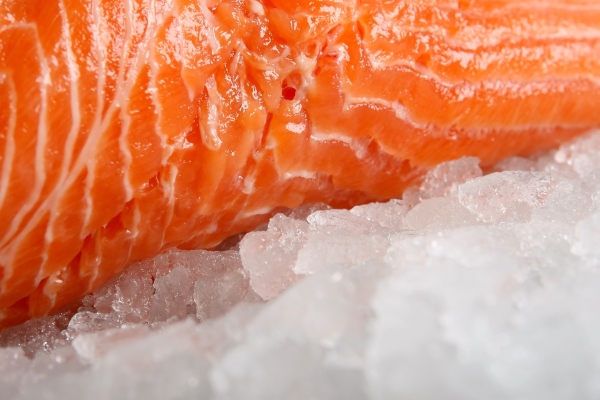
Almost a quarter of fish and seafood products arriving in one Italian port have been found to be mislabelled, a large-scale scientific analysis has revealed.
The results of the survey – carried out by the department of veterinary sciences at the University of Pisa, the department of agriculture, forest and food science at the University of Turin, along with the Italian Ministry of Health's border inspection post of Livorno-Pisa – have been published in the journal Food Control.
Investigating the issue of labelling non-compliance on fishery products imported from non-EU countries, the researchers used DNA barcoding to check the identity of 277 products, imported between April 2015 and June 2016, and compared this with the information detailed on the accompanying certificates.
The analysis of more than 1000 tissue samples, which involved DNA extraction, amplification and sequencing, revealed that 22.5 per cent of the products were mislabelled.
The highest percentage of mislabelling was seen with cephalopod-based products such as squid, octopus and cuttlefish where 43.8 per cent of the products were mislabelled. This was followed by 17 per cent of crustaceans – such as lobster and crayfish – and 14 per cent of fish whose labels didn't match the molecular analysis.
The products were found to be substituted with other seafood from the same genus, family or order.
Fish and seafood products that originated from China, Vietnam and Thailand had the highest rates of labelling inaccuracy, the researchers found.
The authors concluded that where fish and seafood were intensively farmed and had low commercial value "it is plausible to hypothesize an intentional economically motivated adulteration".
However, the authors assert that in some instances the mislabelling may be unintentional by the "erroneous identification" of the caught fish, which may appear similar to the declared species.
The authors called for more sampling and analytical methods. "The results highlight the need of implementing analytical checks, based on DNA analysis, on incoming fishery products."
"Analytical methods based on DNA may be a useful tool to support physical checks, especially for processed fishery products, in order to deter operators from falsely labelling catches and prevent frauds for species substitution," the authors say. "Despite the widespread use of these techniques for research purposes in assessing the identity of products along the fishery supply chain, the use of this analysis for regulatory forensic programmes is still limited."
Fish and seafood is the most traded food commodity in the world and the market has steadily grown over the past few years. To meet increased demand, many countries have looked to imports from abroad, with the vast majority of fish-exporting countries based in Asia, which account for about 70 per cent of global seafood production.
In Italy, specifically, seafood from Asian countries form the bulk of the country's foreign seafood imports.
With demand high, seafood fraud is common, with such products the most prone to global food fraud after olive oil.
"The complexity of the trade flows that characterise the fishery sector makes it difficult to trace back seafood origin," the authors write. "Seafood often covers very long distances, changing hands several times among various intermediaries (brokers, wholesalers, processors and retailers) and this can favour the loss of traceability information along the chain as well as encourage frauds and commercialisation of illegal, unreported, and unregulated (IUU) fishing products."
"It is imperative that accurate and stringent checks are carried out by official authorities at border posts on incoming foodstuffs," the authors add. This is despite the EU already having some of the most rigorous regulations and documentation requirements in place for imports, although only around 5 per cent of foodstuffs are physically checked and tested.
The results from the Italian study are in line with results from a recent analysis by ocean advocacy outfit Oceana, which found that of 25,000 samples analysed, around one in five fish products were mislabelled.
The study also follows an analysis last year by the University of Catania in Italy, which deployed DNA barcoding on samples from a fish market and found mislabelling was evident on 35 per cent of the seafood products tested.
©
SecuringIndustry.com
 | back to top
| back to top





